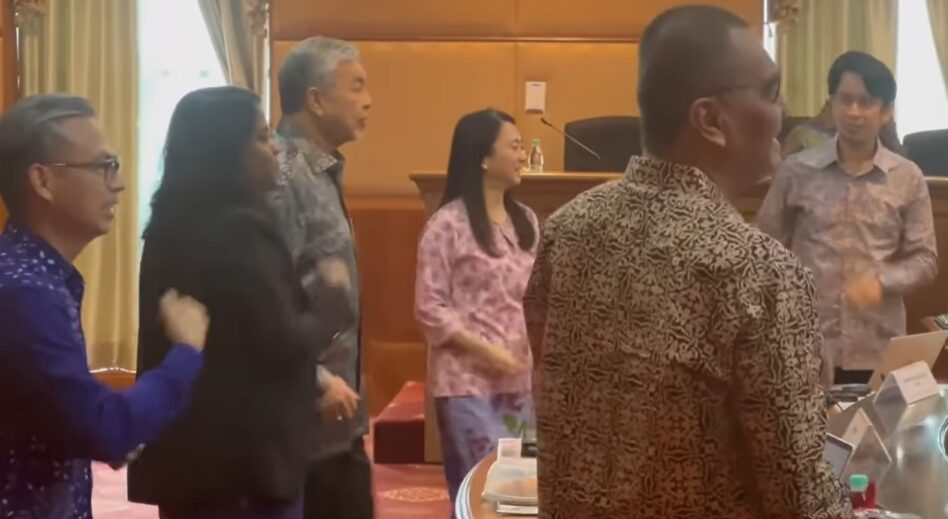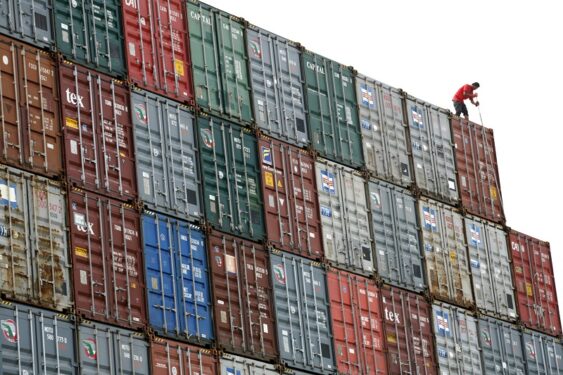THE 2022 Pre-Budget Statement (PBS) is a step in the right direction to enhance Malaysia’s national budget preparation transparency. It discloses the broad parameters of the Government’s fiscal policy in advance of the tabling of Budget 2022 on Oct 29 though it can provide more materials.
Malaysia has a budget transparency score of 47 (out of 100) in the 2019 Open Budget Survey, indicating the need to publish sufficient materials to support informed public debate on the preparation of budget.
Besides, Malaysia has a low scoring of public participation (17 out of 100) in engaging inclusive public participation in providing inputs and feedback. Transparency alone is insufficient for improving governance.
The 2022 Budget is a litmus test for the Finance Minister to hand down a precarious balancing act to steer the uneven economic recovery out of the prolonged impact of the COVID-19 pandemic with resilience.
It is inevitably that strong fiscal interventions are still needed to secure and accelerate economic recovery as well as to rebuild from the deep economic scarring.
The 2002 Budget has to be a growth-recovery-reform priorities budget for now as it has to continue looking after the rakyat, especially the vulnerable from the impact of the prolonged pandemic crisis, creating and protecting jobs and livelihoods, driving sustainable growth through structural reforms and positioning Malaysia to remain competitive post the pandemic recovery.
The expected measures include strengthening national healthcare system; boosting the productive capacity and competitiveness; ensuring equitably shared economic gains; harnessing the benefits of digitalisation; and accelerating transition towards green and environmental growth.
Efficient tax system
As the Government was heading into the pandemic-economic crisis in a tight fiscal space and with a lot of caution already built into its growth and revenue estimates against total expenditure, we are looking at a 4.5-5% budget deficit in 2022 (estimated 6.5-7% of gross domestic product in 2021) and debt levels above the statutory limit of 60%.
The Finance Minister has indicated that there is a need as to raise the statutory debt ceiling to 65% of GDP from 60%, marking the second round of increases in less than a year. The current statutory debt level of 56.8% of GDP at end-June 2021 leaves not much fiscal space for providing further stimulus to secure a sustainable recovery.
Malaysia’s narrowed tax revenue base (an average of 12% of GDP in 2018-2019 and 10.9% in 2020), erosion tax base and the high presence of shadow economy (18.2% of GDP in 2019) have squeezed the fiscal space.
Declining government revenues have placed increasing pressure on the budget deficit even as the government aims to increase spending on infrastructure and welfare and to enhance productivity.
The pre-statement also focused on three components of medium-term revenue strategies: tax policy, tax administration and tax legal framework. These include managing revenue leakages; strategies to increase tax revenue through increased tax compliance; and tax incentives review.
We need to identify the parts of the tax system that need the most attention and undertake the reforms; and how the tax reforms can be implemented.

The appropriate timing and sequencing as well as scope of tax reforms must take into account the current state of economic and business conditions so as to manage the cost of adjustment, leading to undesired and unsustainable distributional consequences.
According to the Finance Minister, it may not be the right time to re-introduce a consumption tax like the previous goods and services tax (GST) due to the current weakening economic and business conditions.
Improving a simpler, efficient and equitable tax system can encourage long-term economic growth; boost competitiveness to attract business and investment; reward productivity to encourage entrepreneurship and work (shifting from direct to indirect taxes such as GST); and eliminate deadweight costs that hold back growth.
Expenditures rationalisation and optimisation can be achieved by improving the targeting and re-prioritisation of spending and increasing its efficiency.
These include the implementation of an open tender system, e-services and transparency to optimise expenditure; subsidy rationalisation based on the principle of needs and income (targeted); pension reform and right-sizing of civil services to lower public sector’s wage bill while protecting service quality.
On debt containment and restructuring, among the proposed initiatives and measures to be implemented include a Fiscal Responsibility Act by 2021 to avoid reckless mega spending that would incur massive debt; a new Government Procurement Act in 2019 to ensure competitive open tender and no more direct negotiations; and to ensure full disclosure of the debt and liabilities via converting the current cash basis accounting to an accrual basis.
Fiscal reconstruction remains the policy priority and broader structural reforms to remedy the fiscal challenge. Without restoring a healthy balance sheet and curbing the high debt levels, the Government would face constraints to use the fiscal policy in the face of external shocks.
In addition, the Government also faces the risk of sovereign debt rating rerating if fiscal consolidation fails to contain rapid public sector debt. – Sept 5, 2021
Lee Heng Guie is the executive director of the Socio-Economic Research Centre.
The views expressed are solely of the author and do not necessarily reflect those of Focus Malaysia.










